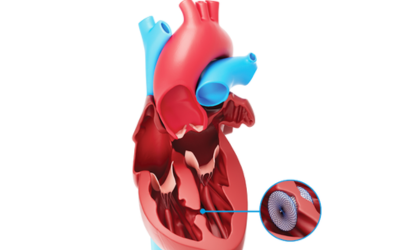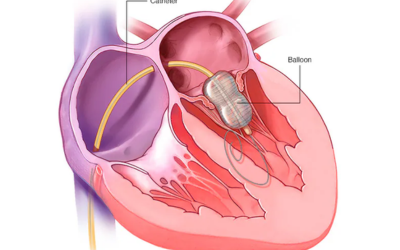
Interventional Pediatric Cardiology Services in Mumbai
Hearing that your child has a heart condition can be one of the most overwhelming moments in a parent’s life. The worry, uncertainty, and countless questions can weigh heavily on families. Yet, medical advancements have brought hope. Today, many heart defects in children can be treated without open-heart surgery, thanks to interventional pediatric cardiology.
Worldwide, congenital heart disease (CHD) affects approximately 8 out of every 1,000 live births. In India, it is estimated that over 200,000 babies are born each year with CHD. These numbers highlight the importance of timely, precise, and safe interventions.
As Dr. Prashant Bobhate, a leading Pediatric Cardiologist in Mumbai, India, explains:
“In pediatric cardiology, our mission is not only to treat the heart but to safeguard a child’s future,” shares Dr. Prashant Bobhate, a distinguished Pediatric Cardiologist in Mumbai. “Parents need to know that many heart defects can now be corrected or improved without large surgical scars or prolonged hospital stays.”
Contact Us
Not all heart problems need an open-heart surgery… let’s explore what can be treated.
Common Heart Defects Treated with Interventional Cardiology in Children
Interventional pediatric cardiology focuses on repairing heart defects using catheter-based techniques. It involves inserting thin tubes through blood vessels—thus avoiding the need for large surgical incisions. Some common conditions treated this way include:
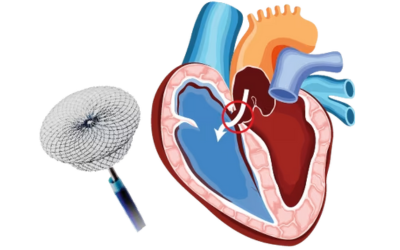
Atrial Septal Defect (ASD) Closure
A hole between the heart’s upper chambers that can be sealed with a device via a catheter.
Ventricular Septal Defect (VSD) Closure
Similar to ASD but located between the lower chambers; device closure avoids invasive surgery in select cases.
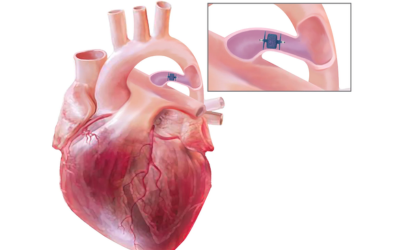
Patent Ductus Arteriosus (PDA) Closure
A vessel that should close after birth but doesn’t; can be sealed using a small coil or device.
Balloon Valvuloplasty
Widening a narrowed heart valve using a balloon-tipped catheter.
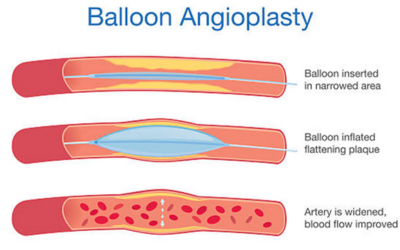
Balloon Angioplasty and Stenting
Used to open narrowed blood vessels and improve blood flow.
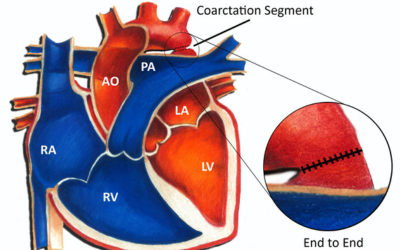
Coarctation of the Aorta Repair
Narrowing of the main artery treated by balloon dilation or stent placement.
Each of these techniques is performed in a specialized catheterization lab, often allowing children to return home within a day or two.
If your child has been diagnosed with a heart defect, consult a pediatric cardiology specialist to explore minimally invasive options that may avoid major surgery.
Symptoms can be subtle, and early evaluation matters more than you think…
Is Your Child a Candidate for a Minimally Invasive Cardiac Procedure?

Not every heart condition is suitable for a catheter-based intervention, but many are. Evaluation is based on age, size, type of defect, and overall health. Potential indicators include:
Narrowed heart valves or vessels
Cyanosis (bluish skin due to poor oxygenation)

“Eligibility for these procedures depends on more than just the diagnosis,” explains Dr. Prashant Bobhate, a trusted expert in pediatric cardiac interventions. “We assess the child’s anatomy, growth potential, and safety profile before recommending any non-surgical approach.”
Let’s explore Dr. Prashant Bobhate’s trusted expertise in non-surgical pediatric heart procedures.
Dr. Prashant Bobhate’s Expertise in Non-Surgical Pediatric Heart Procedures
For over a decade, Dr. Prashant Bobhate has been at the forefront of pediatric cardiac care, performing complex catheter-based interventions for both common and rare heart conditions. His approach combines cutting-edge technology with a gentle, child-focused manner that puts both young patients and their families at ease.
Mastery in device closures for septal defects
Proficiency in valvuloplasties and angioplasties
Use of 2D echocardiography and real-time imaging for precise device placement
Collaborative work with anesthesiologists, pediatricians, and cardiac surgeons for comprehensive care
Focus on shorter recovery times and minimal discomfort
“Technology has allowed us to move from large incisions to tiny punctures, from weeks of recovery to days,” says Dr. Bobhate, an innovative pediatric cardiac interventionist in Mumbai. “But what truly matters is restoring a child’s ability to play, grow, and dream without limits.”
Concerned about the risks of open-heart surgery? Speak to a pediatric cardiology expert to learn if a non-surgical option is possible for your child’s condition.
Understanding the complete journey can ease anxiety and build confidence in the treatment ahead.
What to Expect Before and After an Interventional Cardiology Procedure
Parents often find comfort in understanding each step of the journey. Here’s a simplified guide:
Before the Procedure
- Detailed echocardiography and diagnostic imaging
- Pre-procedure blood tests and anesthesia evaluation
- Counseling session to explain the plan and answer questions
During the Procedure
- Performed under general anesthesia or sedation
- Catheter inserted through a vein or artery (usually in the leg)
- Real-time imaging guides the repair or device placement
After the Procedure
- Observation in recovery for a few hours
- Possible overnight hospital stay for monitoring
- Guidance on activity restrictions, follow-up visits, and medications
Recovery is typically faster and less painful compared to traditional surgery, and children often return to normal activities within a week.
Because experience and trust are as important as technology…
Why Choose Dr. Prashant Bobhate for Pediatric Cardiac Interventions?
Parents choose Dr. Prashant Bobhate not just for his technical skill, but for his holistic approach to pediatric heart care. Here’s why:
Dual Expertise in Pediatrics & Cardiology-
Skilled in both diagnostic and interventional pediatric cardiology.
Advanced Technology –
Access to high-resolution imaging and modern cath labs.
Child-Friendly Approach –
Gentle, reassuring manner that reduces anxiety.
Customized Care –
Treatment tailored to each child’s anatomy and needs.
Multidisciplinary Collaboration –
Works alongside surgeons, neonatologists, and intensivists.
Proven Track Record –
Successfully performed numerous minimally invasive pediatric heart procedures.
Strong Communication –
Transparent discussions with parents at every stage.
Commitment to Long-Term Follow-Up –
Continuous monitoring for sustained heart health.
“Each procedure is not just a technical act—it’s a promise to a child and their family that we will do everything possible for the best outcome,” reflects Dr. Bobhate, a compassionate pediatric heart specialist in Mumbai.
Final Thoughts
Interventional pediatric cardiology has transformed the way many congenital heart defects are treated. Minimally invasive procedures mean less pain, quicker recovery, and the chance for children to enjoy a healthy, active life. With the right expertise, these advanced techniques can make all the difference.
Unsure if your child’s heart condition requires surgery? Book an evaluation with a pediatric cardiologist to explore all available treatment options.
Still have questions about pediatric heart care? Let’s clear up the most common doubts with expert-backed answers.
FAQs
Are minimally invasive pediatric heart procedures safe?
Yes. When performed by highly trained specialists in a well-equipped hospital, these procedures have very high success rates and a low risk of complications. They are designed to treat heart issues without the need for open-heart surgery, making recovery faster and easier for children.
How long does a child stay in the hospital after a catheter-based intervention?
For many children, the hospital stay is very short—often they can return home the same day or within 24 hours. However, the exact duration depends on the complexity of the procedure and how quickly the child recovers after it.
Will my child need follow-up after the procedure?
Absolutely! Follow-up visits are important to make sure the device or repair is working well and the heart is functioning normally. These check-ups also allow the doctor to detect any changes early and address them before they become bigger concerns.
Can these procedures be repeated if needed?
Yes, in some cases, as a child grows or if a new heart issue develops, additional procedures may be necessary. Catheter-based techniques can often be repeated, which means your child may avoid open-heart surgery in the future as well.
Do children need anesthesia for these procedures?
Yes. General anesthesia or sedation is used so that the child is completely comfortable and remains still during the procedure. This ensures the specialist can work with precision while keeping the child safe and pain-free.
Disclaimer: The information shared in this content is for educational purposes only and not for promotional use.

